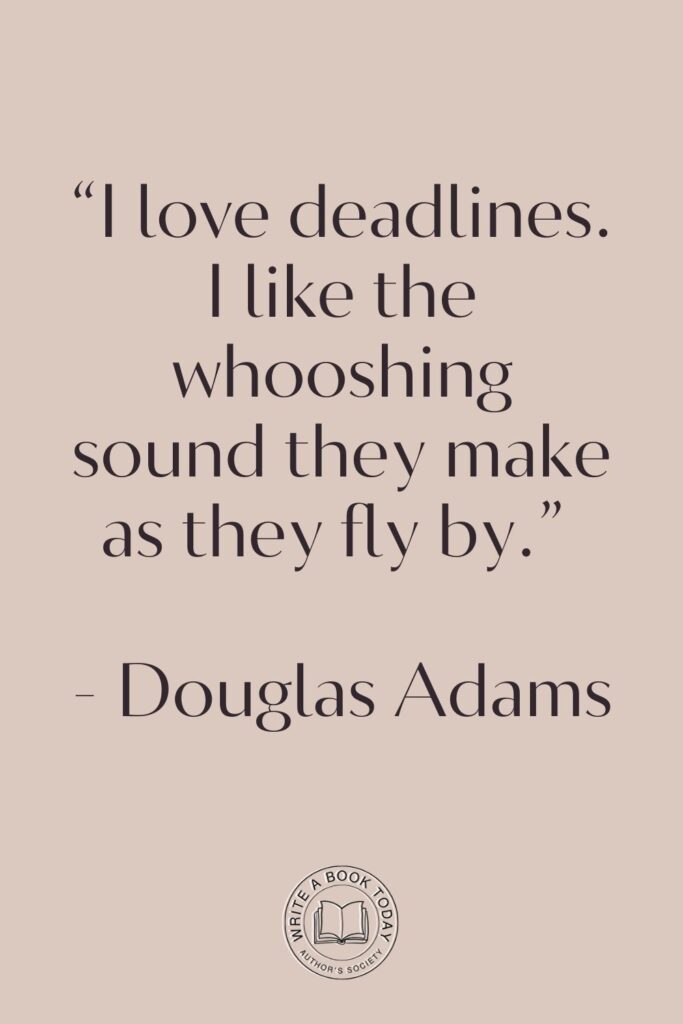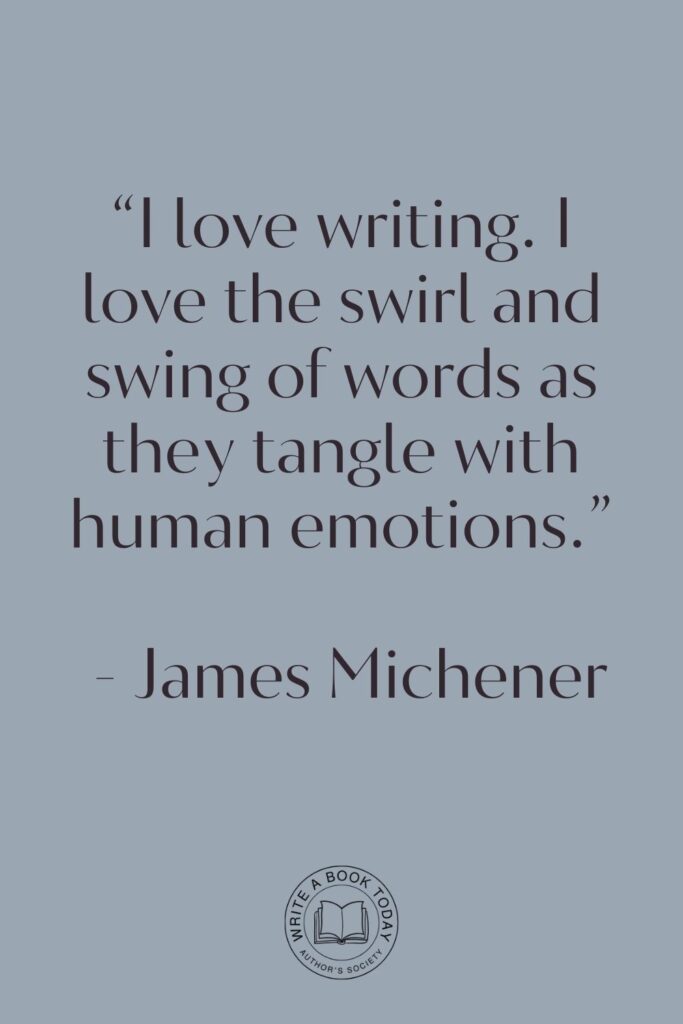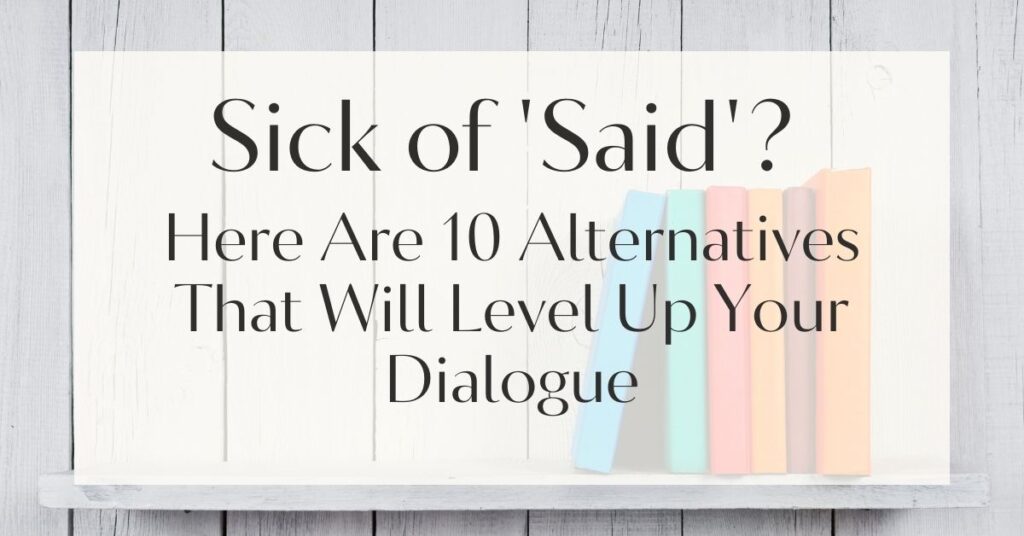Have you ever found yourself lost in the pages of a novel, only to stumble over the monotonous repetition of the word “said”? It’s a common pitfall in writing that can dull the vibrancy of a story.
Dialogue is the lifeblood of character interaction, painting vivid pictures in the reader’s mind. Yet, relying solely on “said” can be like painting with only one color.
This blog post will introduce you to a world of alternatives to said, designed to enhance your dialogue and breathe life into your characters. By the end, you’ll have a treasure trove of expressive dialogue tags at your disposal, ready to elevate your creative writing to new heights.
Understanding the Role of Dialogue Tags
Dialogue tags are more than just a functional tool in writing; they are the subtle brushstrokes that add depth and dimension to conversations between characters. While “said” is often used for its neutrality, it can become invisible or even monotonous when overused.
A well-chosen dialogue tag can convey emotion, hint at underlying tensions, and even reveal character traits. In this section, we’ll explore what dialogue tags are and why they are crucial for dynamic storytelling.
What Are Dialogue Tags?
Dialogue tags are phrases used to attribute spoken words to a particular character. They serve as signposts for readers, guiding them through the ebb and flow of conversation. These tags can indicate who is speaking and, more importantly, how something is said.
By choosing specific words, such as “whispered” or “shouted,” writers can instantly alter the tone and mood of a scene, making the dialogue more engaging and realistic.
When choosing dialogue tags, consider the emotional state of your characters. The right tag can subtly hint at their feelings without explicitly stating them.
This allows readers to infer emotions, creating a richer reading experience. For instance, “murmured” might suggest secrecy or tenderness, while “barked” could indicate anger or authority.
Google Docs is for notes. Scrivener is for novels. Upgrade your writing game and try it for free today!

Why ‘Said’ Is Not Enough
While “said” is the default tag for many writers due to its unobtrusiveness, it can sometimes flatten the emotional landscape of a narrative. In scenes charged with tension or intimacy, relying solely on “said” may fail to capture the full spectrum of human expression.
By diversifying your dialogue tags, you can add layers of meaning and keep readers captivated. Imagine a heated argument punctuated by “retorted” instead of “said”—the former carries a sharpness that instantly heightens the drama.
10 Creative Alternatives to ‘Said’
Ready to invigorate your dialogue with some fresh alternatives? Below, you’ll find ten expressive dialogue tags that can transform your writing. Each alternative comes with its own unique flavor, adding depth and nuance to your scenes.
Let’s dive into these vibrant options and explore how they can bring your characters’ voices to life.
1. Whispered: Adding Intimacy to Conversations
The word “whispered” can create a sense of closeness and confidentiality, drawing readers into an intimate exchange. When characters whisper, it suggests a level of trust or secrecy, perfect for moments where they share personal thoughts or clandestine plans. For example, “I love you,” she whispered, adds a layer of tenderness that “said” simply cannot convey.
Incorporating whispers can also enhance the atmosphere of a scene, making it feel more private or suspenseful. Whether it’s lovers sharing a secret or conspirators plotting in hushed tones, this tag invites readers to lean in and listen closely.

2. Exclaimed: Infusing Emotion into Your Dialogue
Using “exclaimed” can inject energy and excitement into your dialogue, capturing the heightened emotions of a character. This tag is ideal for moments of surprise, joy, or frustration, where words burst forth with intensity.
Consider the difference: “I can’t believe it!” he exclaimed versus “I can’t believe it,” he said. The former brims with enthusiasm, pulling readers into the character’s emotional whirlwind.
Reserve “exclaimed” for pivotal moments to maintain its impact. Overuse can dilute its effectiveness, making it less compelling. Use it sparingly to punctuate scenes with high stakes or significant revelations.
This strategic placement ensures that when characters exclaim, readers pay attention.
3. Murmured: Creating a Sense of Mystery
“Murmured” is a versatile tag that can introduce a sense of mystery or ambiguity to dialogue. It suggests a quiet, indistinct speech that leaves room for interpretation, perfect for scenes where characters speak under their breath or in a reflective manner.
When a character murmurs, it can imply doubt, hesitation, or introspection, inviting readers to ponder their true intentions.
This tag can also be used to convey a subdued atmosphere, where conversations occur in the shadows or at the edges of awareness. By incorporating murmurs, you can weave an air of enigma throughout your narrative.
4. Retorted: Perfect for Quick Comebacks
When characters engage in rapid-fire exchanges, “retorted” is the perfect tag to capture their quick wit and sharp responses. This tag conveys a sense of immediacy and confidence, often used in arguments or debates. It suggests a swift, decisive reply that leaves no room for doubt, adding a dynamic edge to dialogue.
Retorts can showcase a character’s intelligence or assertiveness, revealing their ability to think on their feet. By using this tag, you can create lively, engaging conversations that keep readers on their toes.
Feeling lost with your debut novel?
Fiverr Pro connects you with expert editors, designers, and marketers – everything you need to get your book ready for success!

5. Shouted: Amplifying Tension and Urgency
In scenes of conflict or high stakes, “shouted” can amplify tension and urgency, making emotions boil over. This tag is ideal for moments when characters need to be heard above chaos or when their emotions reach a breaking point.
It conveys a sense of forcefulness and intensity, drawing readers into the heat of the moment.
Shouts can also highlight power dynamics, showing which characters assert dominance or demand attention. By strategically placing this tag, you can heighten the drama and keep readers engaged.
6. Asked: Engaging Readers with Questions
While “asked” may seem straightforward, it plays a crucial role in maintaining the rhythm and flow of dialogue. This tag naturally invites readers to ponder answers, fostering engagement and curiosity.
By using “asked,” you can guide readers through a conversation’s twists and turns, prompting them to consider possibilities alongside your characters. Pair “asked” with descriptive action to enhance its effect.
For instance, “she asked, her brow furrowed,” adds visual context, enriching the reader’s understanding. This combination of tag and action creates a more immersive experience, drawing readers deeper into the narrative.

7. Declared: Making Strong Statements
“Declared” is a powerful tag that signals confidence and authority, perfect for moments when characters make definitive statements.
It conveys a sense of conviction, often used to emphasize important points or revelations. When a character declares something, it leaves no room for ambiguity, asserting their stance with clarity.
Declarations can also highlight a character’s determination or resolve, showcasing their inner strength. By incorporating this tag, you can underscore key moments and add weight to your dialogue.
8. Suggested: Introducing Subtlety and Nuance
“Suggested” is a subtle tag that can introduce nuance and layers of meaning to dialogue. It implies a gentle hint or indirect proposal, perfect for scenes where characters communicate with tact or diplomacy. By using “suggested,” you can create a sense of intrigue, encouraging readers to read between the lines.
This tag can also highlight a character’s persuasive abilities, showing how they influence others with subtlety. By weaving suggestions into your dialogue, you can add depth and complexity to character interactions.
9. Laughed: Bringing Humor to Your Scenes
“Laughed” is a delightful tag that can infuse humor and lightness into your dialogue. It suggests a carefree, jovial tone, perfect for moments of camaraderie or playful banter.
When characters laugh, it creates a sense of warmth and connection, inviting readers to share in the joy.
Laughter can also be used to diffuse tension, providing a respite from more serious moments. By incorporating this tag, you can balance the emotional spectrum of your narrative, keeping readers engaged.
10. Grumbled: Adding Realism to Characters
“Grumbled” is a relatable tag that adds realism and authenticity to characters, capturing their everyday frustrations. It suggests a low, muttered complaint, perfect for scenes where characters express dissatisfaction or reluctance.
When a character grumbles, it reveals their human side, making them more relatable and endearing.
Grumbling can also add texture to dialogue, highlighting a character’s quirks or personality traits. By incorporating this tag, you can create well-rounded characters that resonate with readers.
Tips for Enhancing Dialogue with Tags
To truly master the art of dialogue, it’s essential to balance tags with action and emotion. The right combination can elevate your writing, creating a seamless blend of narrative and conversation.
In this section, we’ll explore tips for choosing the right tag based on context and maintaining a harmonious balance between tags, action, and emotion.
Using Context to Choose the Right Tag
Context is key when selecting dialogue tags, as it determines the tone and mood of a scene. Consider the setting, character relationships, and underlying emotions when choosing a tag.
A whispered confession in a quiet room carries a different weight than a shouted command on a battlefield. By aligning your tags with the context, you can create a more immersive and authentic experience for readers.

Balancing Tags with Action and Emotion
While dialogue tags are important, they should not overshadow the action and emotion within a scene. Strive for a balance that allows each element to complement the others, creating a harmonious narrative flow.
Use action to ground dialogue in reality, adding depth and dimension to your characters’ interactions. Emotion should permeate the scene, guiding readers through the highs and lows of the story.
Vary your use of tags, action, and emotion to maintain reader interest. Avoid repetitive patterns that can make your writing predictable. Instead, experiment with different combinations to keep your dialogue fresh and engaging. This dynamic approach ensures that each scene feels unique and captivating.
Final Thoughts on Dialogue Tags
As you embark on your journey to refine your dialogue, remember that experimentation is key. The world of dialogue tags is vast and varied, offering endless possibilities for creative expression.
By embracing these alternatives to “said,” you can transform your writing, creating characters that leap off the page and into the hearts of your readers.
No marketing platform? No social following? No problem!
Publisher Rocket helps you market your debut novel like a pro.
It’s a gamechanger for debut authors – try it today!


Experimenting with Your Writing Style
Don’t be afraid to push the boundaries of your writing style, exploring new ways to convey character interactions. Experimentation allows you to discover what resonates with your voice and narrative.
Try different combinations of tags, action, and emotion to find the perfect balance that brings your story to life. Embrace the process of trial and error, knowing that each attempt brings you closer to mastery.
Embracing Creativity in Character Interaction
Ultimately, the goal of dialogue is to create memorable and meaningful interactions between characters. By embracing creativity and exploring the myriad of dialogue tags available, you can craft scenes that linger in the minds of your readers.
Let your imagination run wild, and watch as your characters come alive, their voices echoing long after the final page is turned.








